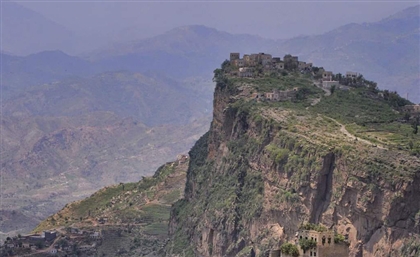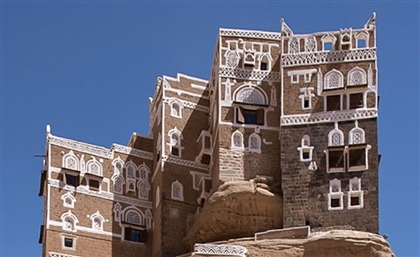This Ancient City Has Survived for 1600 Years in the Yemeni Desert
Shibam is a cluster of mudbrick towers rising high against the desolation, and it’s endured the grinding erosion of time.
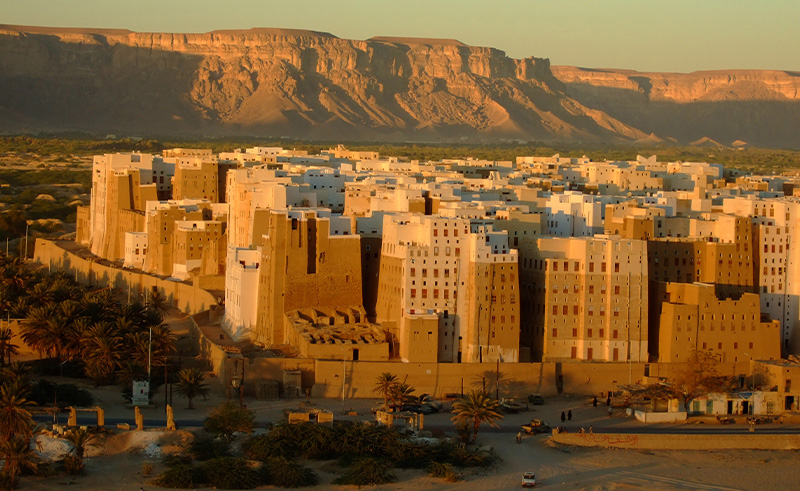
If you were to glide above Yemen’s Hadhramaut Valley, you might almost miss it—Shibam, a city that seems to quietly blend into the dust-coloured earth beneath it. But pause, let your gaze linger, and you’ll see it: a cluster of ancient mudbrick towers rising high against the desolation within a city that has endured the grinding erosion of time.
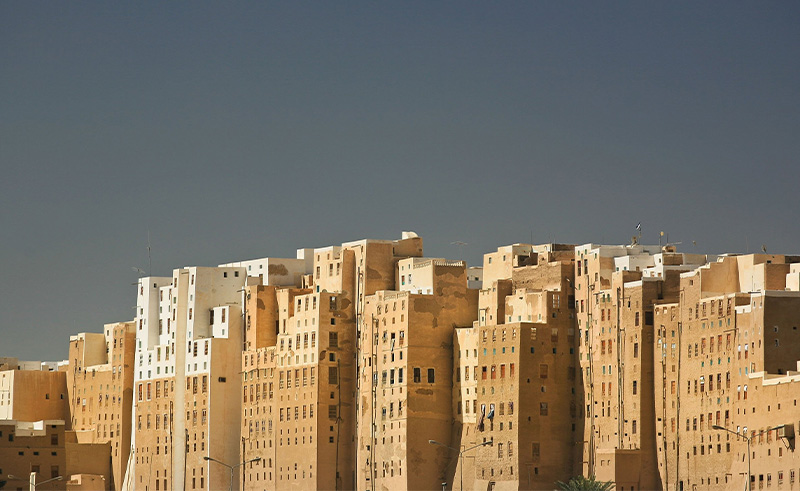
For starters, Shibam is not the result of casual urban planning but a bold, calculated response to a harsh reality. In an age when marauding Bedouin raiders swept across the desert like storms, Shibam’s residents chose to defy gravity. They built upwards, their city soaring skyward at a time when most other communities clung flat to the earth. The structures were, then, not simply about space—they were about survival. The layout of Shibam—a tight grid of alleyways and criss-crossing paths—was as much a defence strategy as it was a necessity. Labyrinthine streets, tight and winding like the coils of a serpent, became the city’s first line of defence, a tangle designed to bewilder invaders.

Yet, Shibam’s significance transcends mere defence. It was a critical node on the ancient incense trade route, a link between the Arabian Peninsula and the far-off markets of the Mediterranean. Wealth poured into the city, and with it came the means and the desire to create something lasting.
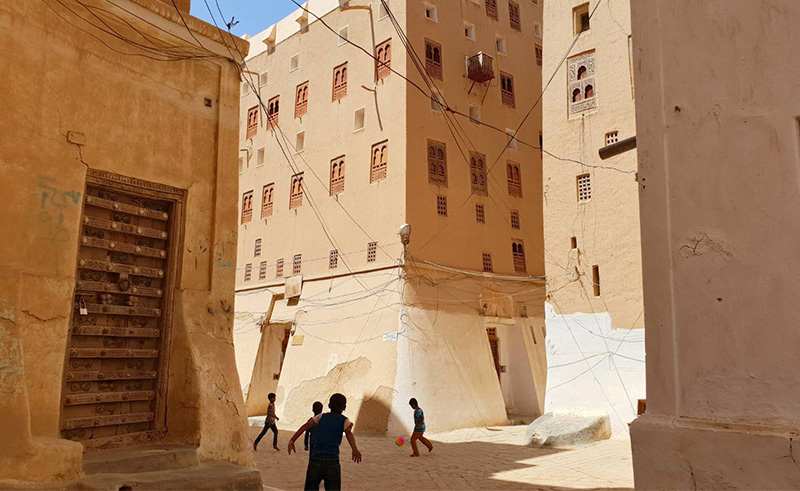
To call Shibam’s structures “buildings” feels almost reductive. They are monoliths, made from mud, straw, and water—a concoction both primitive and, considering they still stand today, enduring. Sun-baked and sturdy, these walls are thick, not just for support but as shields against the searing desert heat.
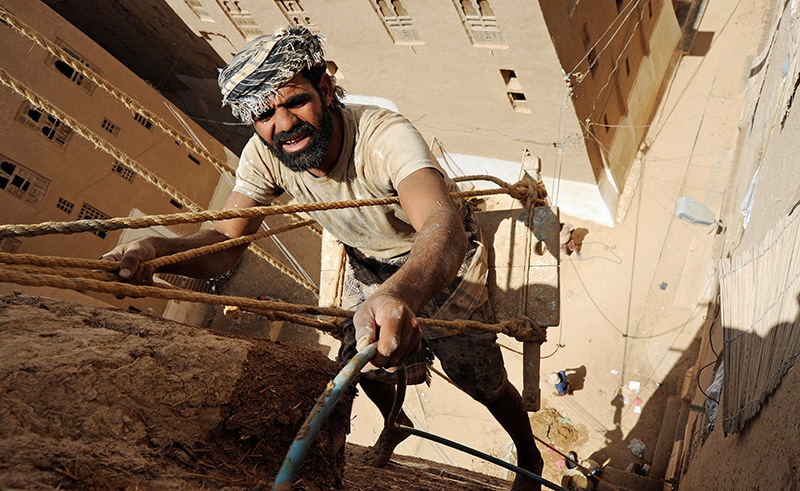
Yet, Shibam’s beauty lies not just in its strength but in its intricate details. The crenellations that crown the buildings, the geometric patterns etched into the walls—there’s a sense of profound beauty in the calculated design of the place.
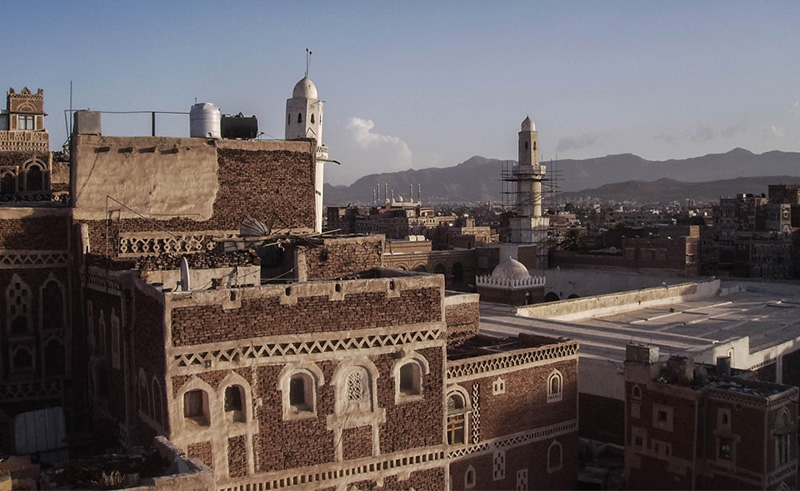
The Great Mosque of Shibam stands at the core of the old city, encircled by the looming mudbrick towers. Originally constructed in 753, the mosque's history is woven into the very fabric of Shibam. What you see today, much of it dating back to the fourteenth century, carries the unmistakable mark of time’s passage. The red baked bricks that peek through the whitewashed surfaces are relics of the ninth century, a subtle nod to the Abbasid era when Caliph Harun al-Rashid oversaw its reconstruction—this unique use of baked bricks is found nowhere else in Shibam.
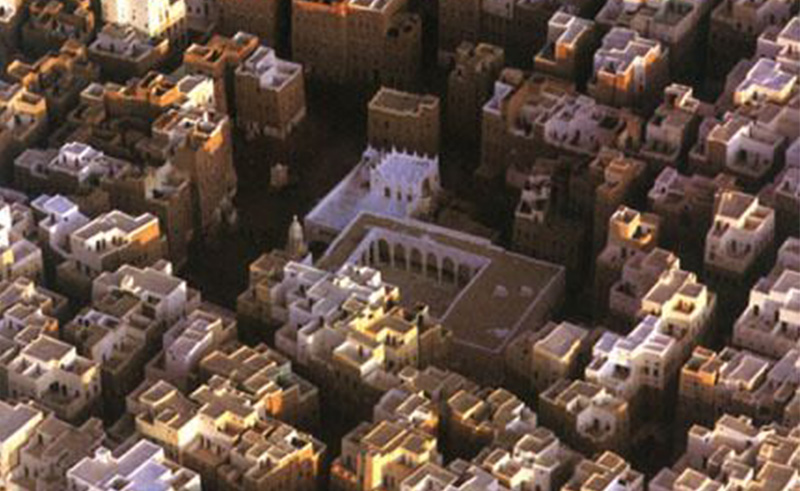
For all its fortitude, Shibam stands on the precipice. Mudbrick, the very material that has sheltered its people for centuries, is a fickle guardian. Erosion gnaws at the foundations, and the occasional flood threatens to wash it all away. Generations have patched and plastered, battling the inevitable with an intimate knowledge of the materials they work with, but even they know that this is a war they cannot win alone.
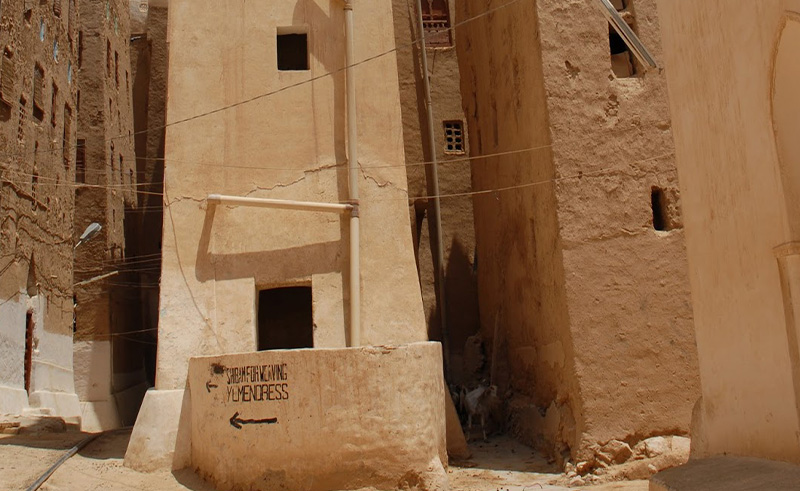
The conflict in Yemen has further isolated Shibam, choking off the resources needed to sustain this delicate balance between preservation and decay. UNESCO has intervened, but the future remains a question mark, hanging over the city like a dark cloud on an otherwise clear horizon. Once a bustling hub of trade and culture, Shibam now teeters on the edge of obscurity.
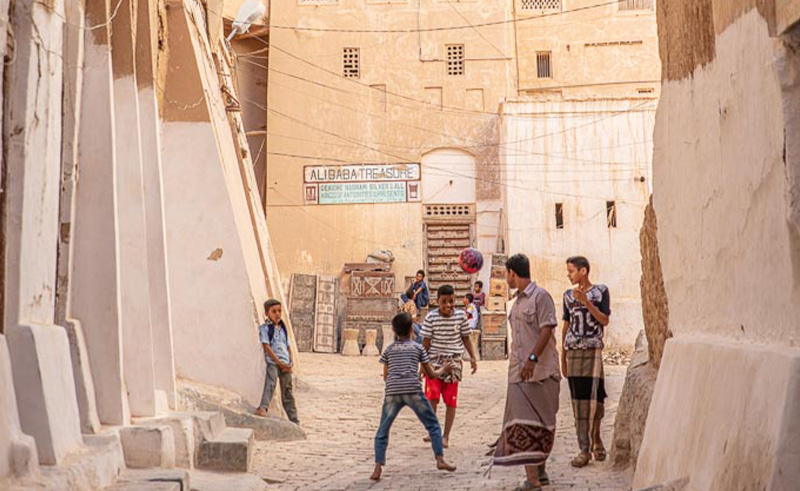
Shibam’s story is one of survival, of a people who have carved out a place for themselves in the harshest of landscapes. It is a place where history is not a distant memory but a daily reality, where the past and present are inextricably linked. The city’s towers may one day fall, their walls crumbling back into the earth from which they came, but as long as they stand, Shibam’s story will continue to be told—a story of defiance, of endurance, of a city that dared to reach for the sky.
- Previous Article Luxury Resort With ‘Living Orbs’ Opens on Saudi’s Red Sea
- Next Article A Century of Hospitality: Discover Egypt's Historical Hotels




